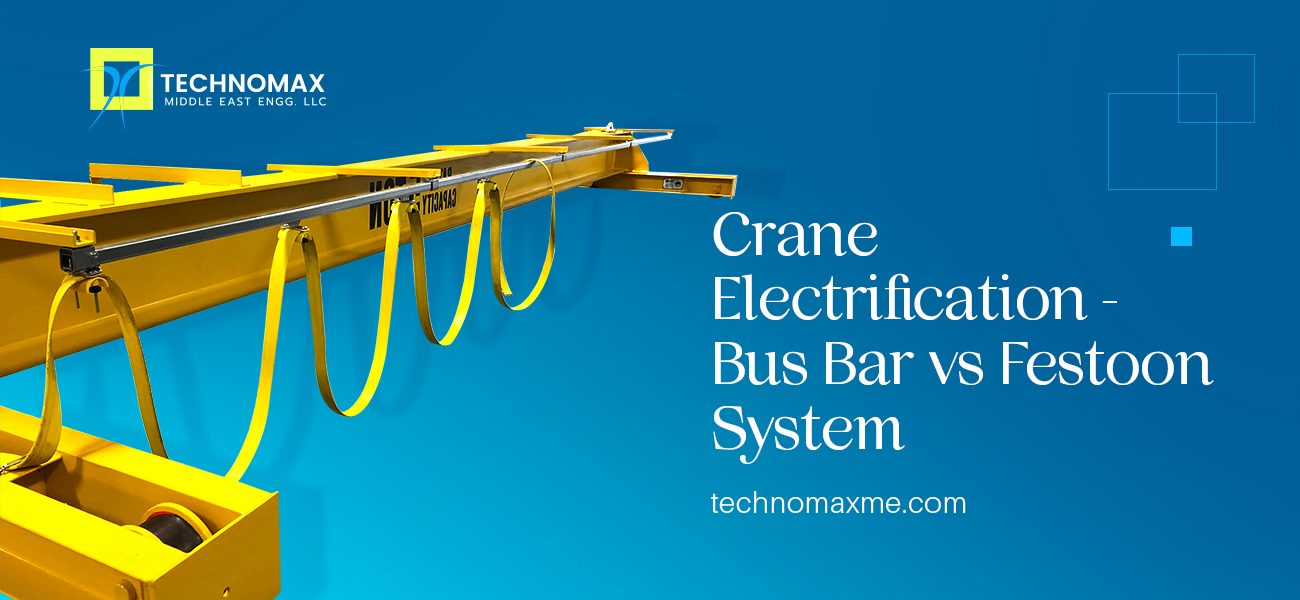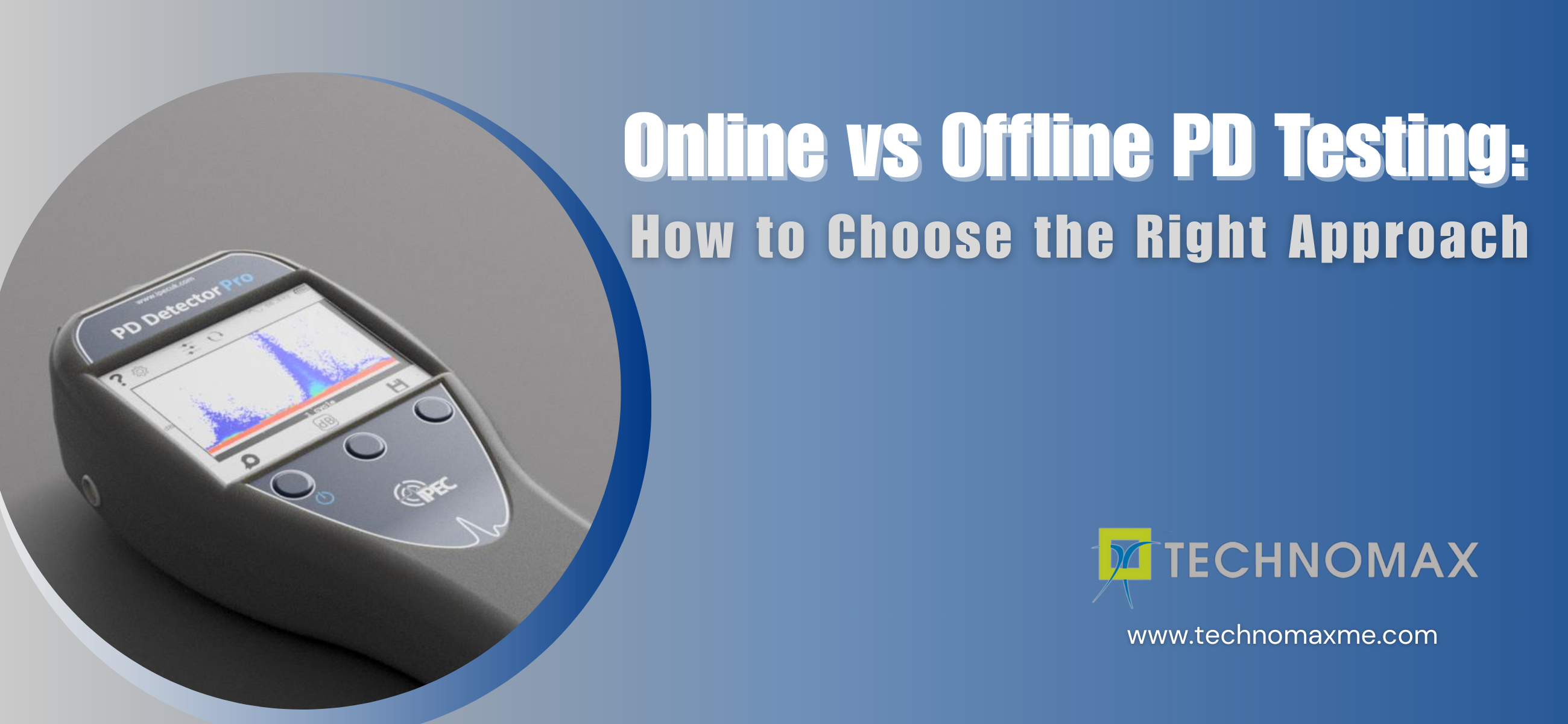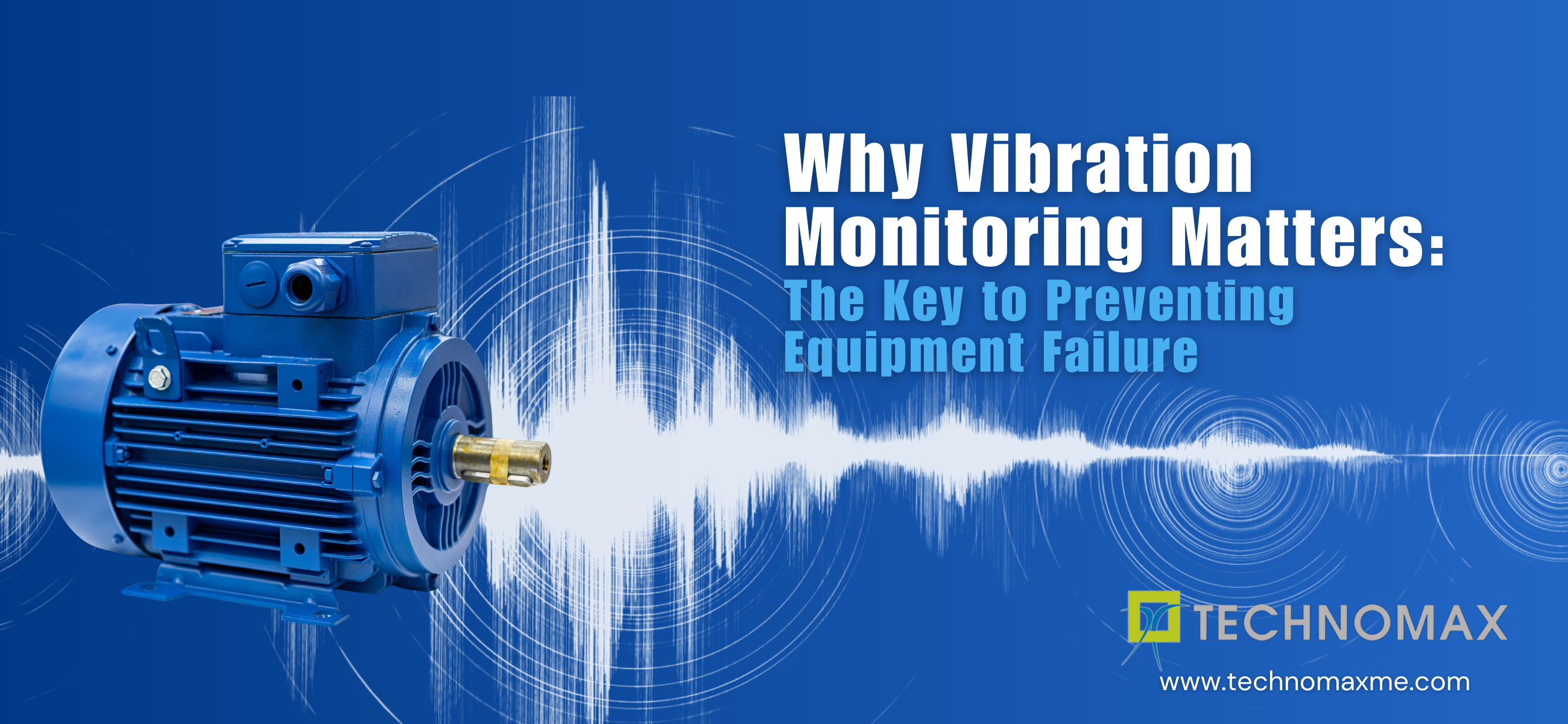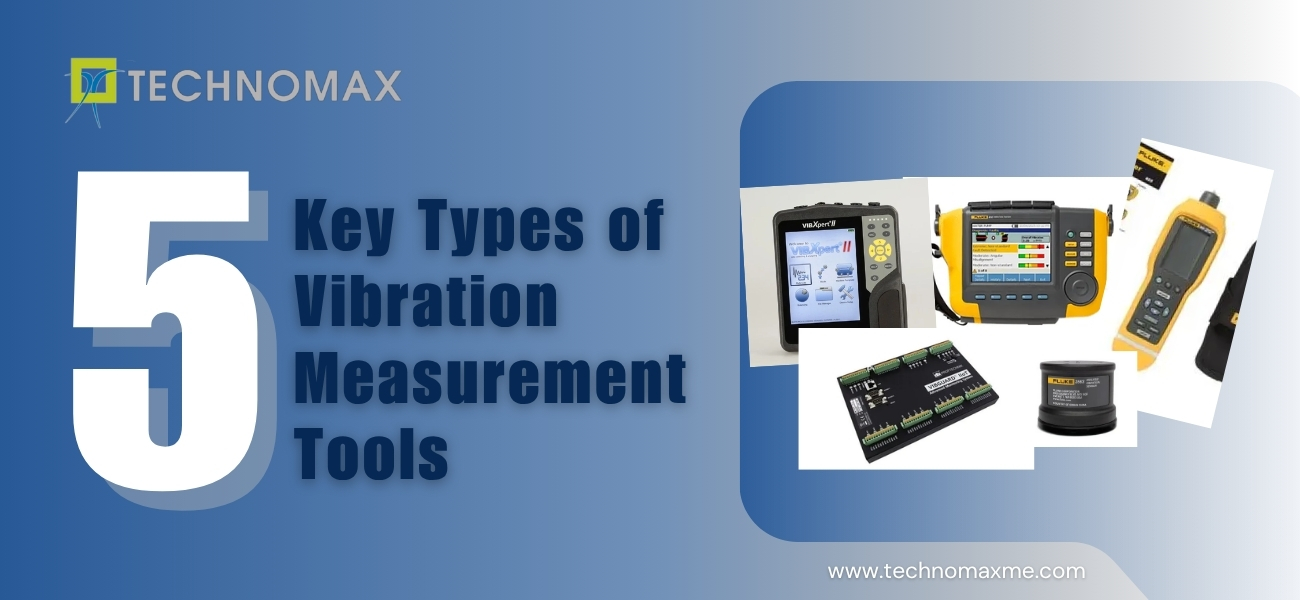
Crane electrification and automation constitute the major aspects of modernizing the cranes, enhancing efficiency, and minimizing the environmental impact.
Overhead crane electrification involves bringing power to your cranes, however, there are various types of electrification systems available for you to choose from.
The varieties of solutions contribute to different applications, making it confusing to determine the ideal electrification method that suits the best for your overhead crane.
In this blog let's discuss the Bus bar Vs Festoon systems for crane electrification and their applications in detail.
Read more about:
- Turbo Machinery Analysis and Balancing
- Rubber Tyre Gantry Cranes(RTG Crane): An Overview
- Keeping it on the rails: The Importance of Overhead Crane Runway/Rail Inspections
Types of Crane Electrification Systems
Cable festoons and bus bars are utilized to transfer the power from the source of supply to the control panel of the cranes.
These components are further used to provide power to the hoist trolley across the crane bridge.
With the help of an operator, the crane movement control gets streamlined, and the hoist remains controlled with the radio remote control system or push button pendants.
The electrification components together let the bridge and hoist pass on to a position over the load.
After lifting the load, the remote control or the push button pendant augments the process of driving the bridge crane toward the destination and lowers the load.
Let's delve into the two major types of crane electrification systems– Crane Busbar and Festoon systems.
- Crane Bus bar Electrification System
Bus bar, also called conductor bars, is one of the types of electrification systems you can use in both indoor and outdoor cranes and tracks that have more than a bridge acting on them.
It uses electrification and power supply to a crane and hoist with a sliding shoe collector system that eliminates most conductor safety risks and offers top amperage power quality when compared to the other systems.
They include the following components:
- Conductor bar: It manages the supply of power along the bridge or runway;
- Power feed: provides attachment of power input to the conductor bar;
- Collector: the device that collects current from the bus bar and transfers it to the machine;
- Brackets: device that supports the attachment of multiple hangers to a bridge/runway;
- Hangers: the elements to connect the conductor bar and the brackets;
- End cover: the insulation/safety cover at the end of the system;
- Anchor clamp: device that supports the movement of conductors during thermal contraction & expansion.
Presently, the types of crane bus bars used in common include Unipolar pairing busbars, Multi-stage pipe safety busbars, I-beam cable pulley, Sturdy body busbars, Cable crane busbars, and Integrated crane busbars.
Advantages of Bus bars
The major advantage of bus bars is that you can use them for both indoor and outdoor cranes. Also, they are usually installed on the runway systems of the crane, or on monorail cranes.
Another significant advantage is that you can use them on runways, whenever they have more than one bridge to operate on them.
Being highly cost-effective and easy to deploy with the aforementioned components, they prove to be ideal for systems that use a track switch or the low headroom light cranes where the cables fail to hang down.
One another advantage is that the bus bars are amazing for setting up cranes which you need to consider in future expansions and upgrades.
You can easily extend the runway system with the least cost involved since the bus bars are easily connected for installation.
Bus bars provide the right solution to ensure an uninterrupted power supply in the interlocking crane systems.
- Festoon Electrification System
In this solution, a cable festoon system is used to provide electricity— it uses a compact round cable or a flat cable connected to the trolleys, which further moves it across a beam or track.
These systems are ideal for a number of applications, but more significantly in high-heat and outdoor conditions, making the process reliable.
Festoon electrification uses the cable that travels on a C track, I-beam, or along a square rail, which provides direct contact, smart electrification, and high wear resistance, for the system components.
Though you can use the cable festoon systems in indoor and outdoor applications, they work well with demanding environments— these range from mills to port facilities, and many more.
They also cater to the power and control mechanisms for explosion-proof cranes.
With festoon crane electrification systems, you can let the cranes such as bridge cranes, overhead cranes such as gantry cranes, jib cranes, and monorail cranes work effectively.
However, remember that the festoon track is not advisable for monorail applications, with the curves in the rail.
Types of Festoon Systems
- Track-mounted System: These let you organize and transfer the cables/hoses to the control circuits. They work best in cable management of light to moderate-duty applications.
- Square-Rail Festoon System: They run on a diamond or square-shaped track. These tracks are suitable for dusty and dirty environments. You can use them indoors, outdoors, and in applications that demand an explosion-proof design.
- I-Beam Cable Festoon System: This is ideal for moderate to high-duty applications. They work well in challenging environments such as plants, steel mills, ship-to-shore crane industries, etc.
Advantages of Cable Festoon System
The Festoon system manages and lets the cable stack up instead of getting twisted. The trolleys in the system can also incorporate multiple cable-layers.
They are easy to manage and adopt a straightforward yet simple design and operation.
Since they are hard-wired, they can operate in extremely harsh temperatures or environments. The configuration of the system with economic designs lets you use fewer light cables or customize the system with complex cable sets for heavy-duty projects.
The encoder and other types of cables can be run to the hoist motor with the control panel on the bridge crane for most unique applications.
Festoon systems also drive the “plug-and-play” electrical connections which makes installation simple with the male and female pin connector pairs.
You may also like to read:
- Equipment Performance Monitoring – Our Approach
- Electrical Preventive Maintenance and Scalable Services
- The Influence of Lubrication, Vibration Infrared Analysis Results
Wrap Up
Many different factors such as the operating environment, duty cycle, usage, type of crane, etc. act behind the selection of relevant electrification systems for your overhead cranes.
An overhead crane manufacturer helps you determine the best electrification system based on your needs.
At Technomax, we help you with the installation and maintenance of all kinds of bus bars and festoon electrification systems, making sure we offer the right system that fits your budget specifications and operating requirements.
Get recommendations and consultation with the field experts at Technomax to get the best electrification solutions for your industrial cranes.
Learn More About Our Services

Recent Blogs

Get Started Now!
It takes less than a minute of your time. Or you may simply call +971 2 555 1 783






